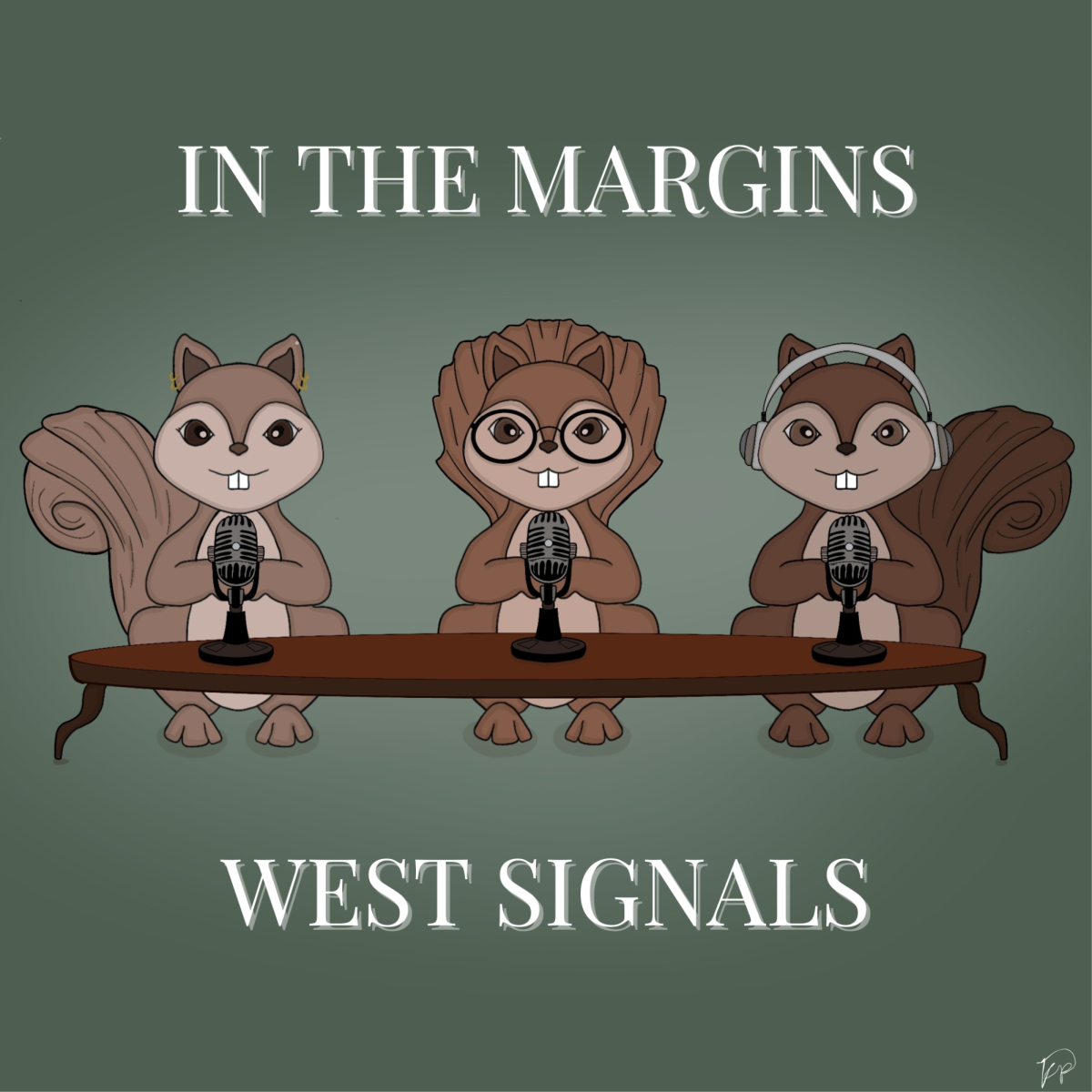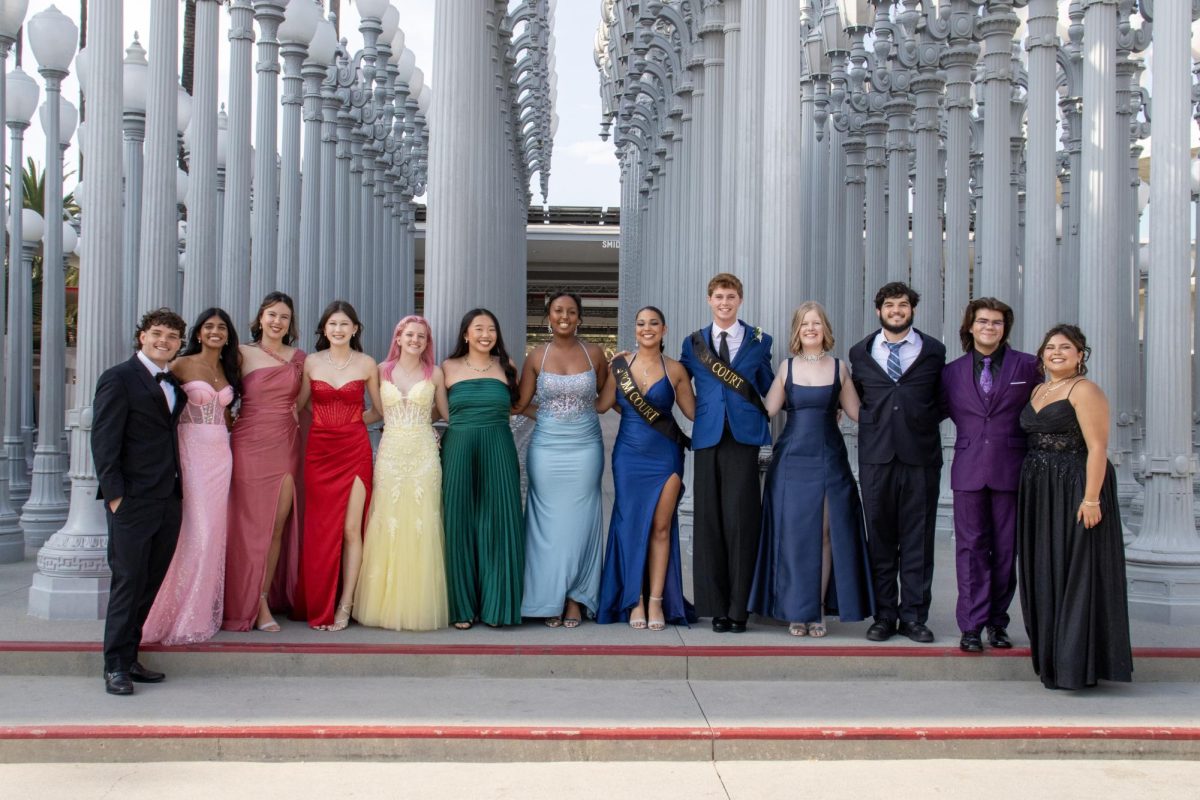This Cosmic Coincidence Won’t Recur Until 2030
March 22, 2019
Wednesday, March 20th, marked the first day of the 2019 Spring season — an event scientifically known as the vernal equinox— as well as the last supermoon until 2020. Astonishingly, astronomers report that a supermoon has not landed this close to the vernal equinox since 2000, and that the two events will not recur simultaneously until 2030. At this point, you might be asking, what exactly is a supermoon?
Here is a brief explanation: At its furthest distance from the Earth, the moon’s orbit is known as apogee, and at its shortest distance, it is known as perigee. Due to the orbit’s slight size variation with each lunar cycle, perigee is not the same distance from one month to another.
At 12:45 p.m. PT on March 19th, the moon was reported to be 223,309 miles away from the Earth, resulting in an extraordinarily close perigee. Subsequently, at 6:43 pm on March 20th, the moon was said by astronomers to have reached its full phase. Due to this unusual event coordination, the full lunar disk appeared 14 percent larger and 12 percent brighter—a special appearance known as a supermoon.
Emma Isella (10), an aspiring biology professional, commented, ¨I thought it was rather interesting how there were exactly 12 hours of light and 12 hours of darkness.¨
Having seen supermoons on January 21st and February 19th of this year, this one is speculated by scientists to be the last one of the year. However, 2019 has certainly saved the best for last, considering that this particular supermoon landed four hours after the vernal equinox.
Saumya Swati (9), a witness of the supermoon, said, “The moon was the brightest it’s been in a very long time! It’s unfortunate that it’s the last time of the year, especially after having so many breathtaking skywatching events in the near past. I hope everyone got to see it!”
The vernal equinox is one of the four significant turning points in Earth’s seasonal cycle. According to astronomers, these seasonal turning points are characterized by the planet’s tilt on its axis, which causes one hemisphere or the other to be at more proximity with the sun, and thus experience longer days.
Interestingly, this tilt seems to fade on the March and September equinoxes, causing both hemispheres to get an equal amount of light. In the northern hemisphere, the vernal equinox marks the beginning of spring, as opposed to the southern hemisphere, where it marks the beginning of autumn.
Not only was this an exceptional cosmic coincidence, but it was made available for all to witness via a live webcast by The Virtual Telescope Project 2.0.




